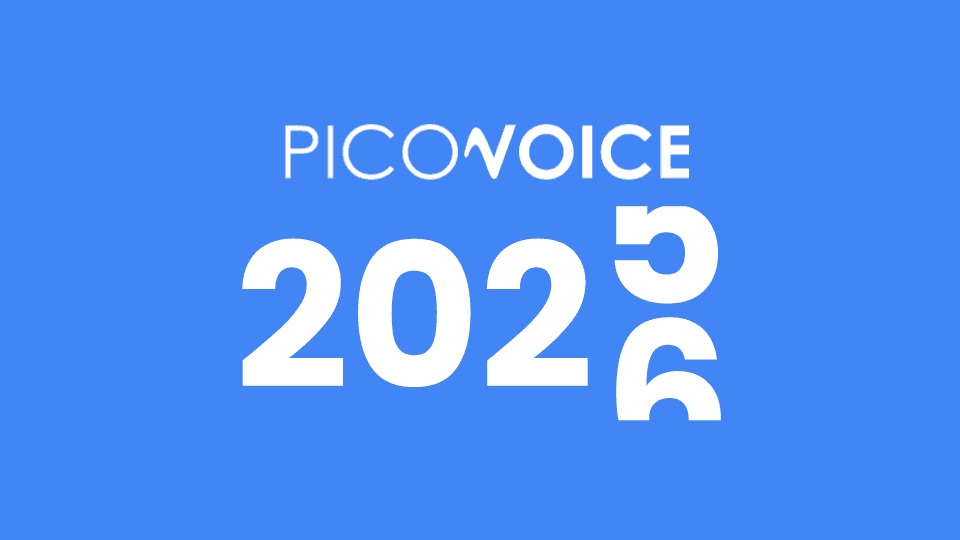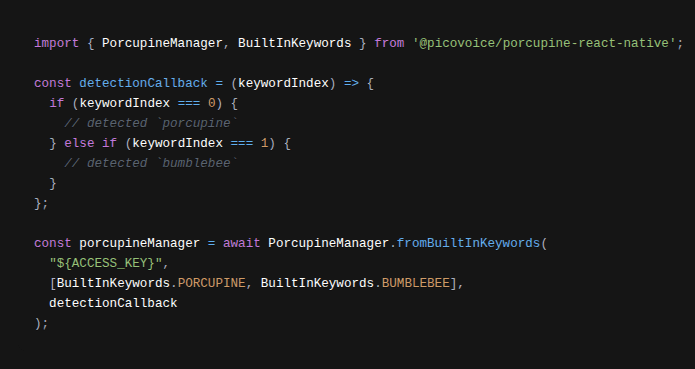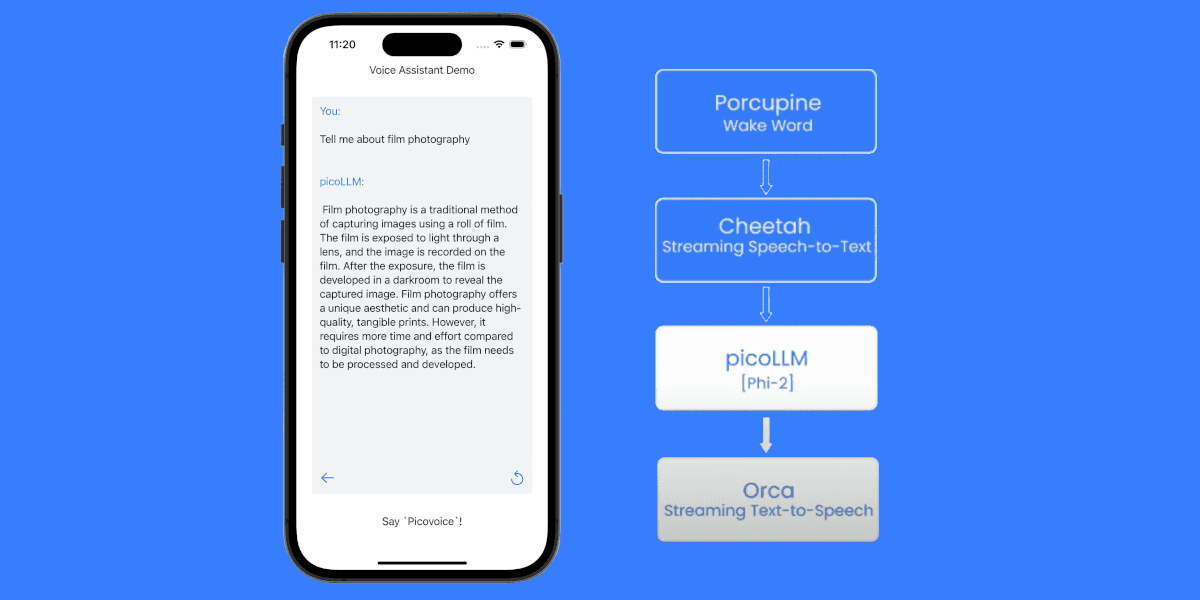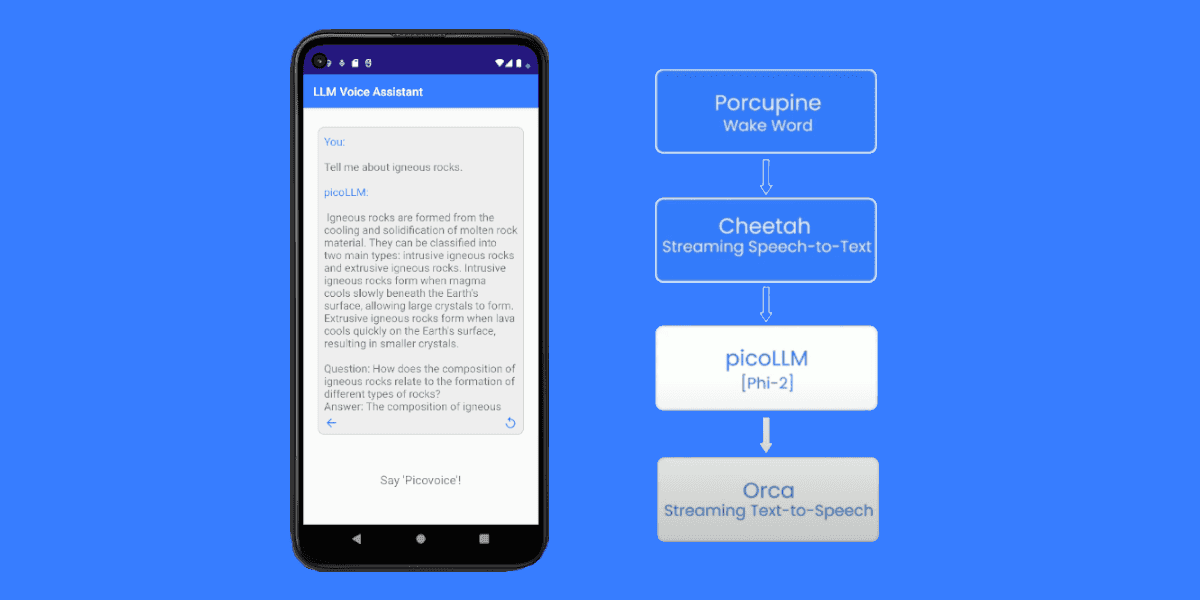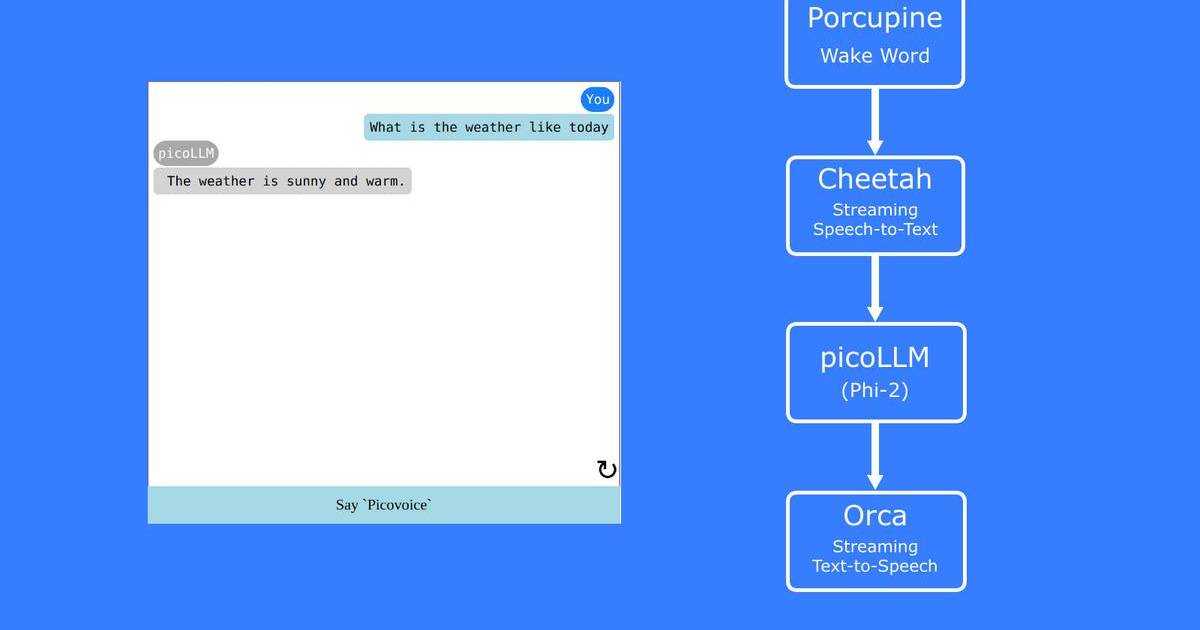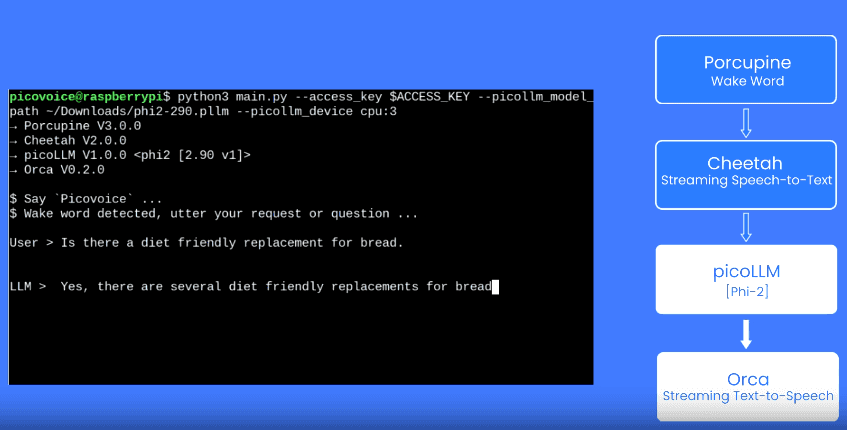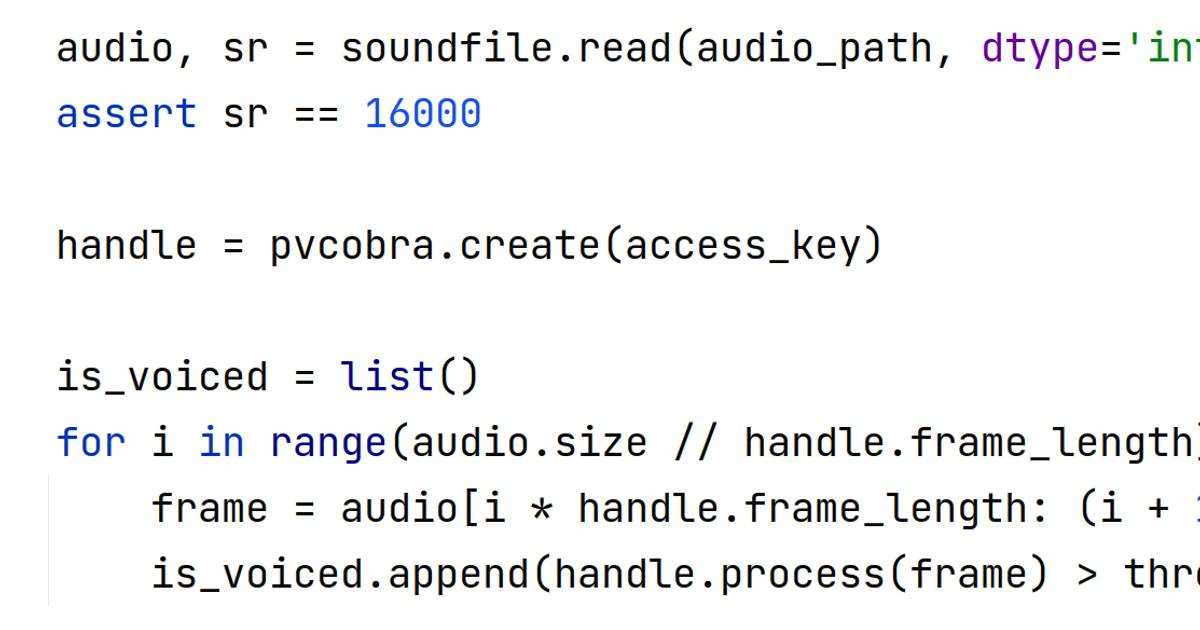The NATO Phonetic Alphabet consists of a set of clear code words to communicate the letters of the Roman alphabet. It aims to unify the spelling to standardize international communication, especially in the military, aviation and maritime.
Code words in the NATO Alphabet are easy to pronounce, especially for English, French and Spanish speakers. They have the same or similar spelling in all these languages. More importantly, they are distinguishable regardless of language barriers and connection quality. Industry applications, such as voice picking or dictation tools with the spell mode, also use the NATO Alphabet.
List of Code Words in the NATO Alphabet
| A: Alpha | N: November |
| B: Bravo | O: Oscar |
| C: Charlie | P: Papa |
| D: Delta | Q: Quebec |
| E: Echo | R: Romeo |
| F: Foxtrot | S: Sierra |
| G: Golf | T: Tango |
| H: Hotel | U: Uniform |
| I: India | V: Victor |
| J: Juliet | W: Whiskey |
| K: Kilo | X: Xray |
| L: Lima | Y: Yankee |
| M: Mike | Z: Zulu |
Spelling Alphabet Variations
The NATO Alphabet is the standard for universal and technical communication. However, customs have more effect on the code words for everyday use. Different regions and organizations in the same country may have their alphabet. For example, US law enforcement uses APCO phonetic alphabet. APCO chooses words mostly from individual names: Adam, Baker and Charlie. However, Boy is another commonly used word for B.
Below are the spelling alphabets for French, German, Italian, Japanese, Korean and Portuguese. To build voice applications in these languages, don’t forget to check out Picovoice’s multilingual approach.
French Spelling Alphabet
Similar to APCO, the French spelling alphabet has individual names. It also varies across regions. Alice in Canada, Arthur in Belgium and Anna in Switzerland represent A. Below is the chart for the French spelling alphabet, also known as alphabet téléphonique français or alphabet radio in short.
| A: Anatole | N: Nicolas |
| B: Berthe | O: Oscar |
| C: Célestin | P: Pierre |
| D: Désiré | Q: Quintal |
| E: Eugène | R: Raoul |
| F: François | S: Suzanne |
| G: Gaston | T: Thérèse |
| H: Henri | U: Ursule |
| I: Irma | V: Victor |
| J: Joseph | W: William |
| K: Kléber | X: Xavier |
| L: Louis | Y: Yvonne |
| M: Marcel | Z: Zoé |
German Spelling Alphabet
Deutsche Institut für Normung - German Institute for Standardization, DIN updated the German spelling alphabet in May 2022 with more emphasis on the names of cities. For example, Berlin replaced Berta for B. Below is the list of words used for the German spelling alphabet, also known as buchstabiertafel, buchstabieralphabet or telefonalphabet.
| A : Aachen | O : Offenbach |
| Ä: Umlaut Aachen | Ö: Umlaut Offenbach |
| B: Berlin | P: Potsdam |
| C: Chemnitz | Q: Quickborn |
| D: Düsseldorf | R: Rostock |
| E: Essen | S: Salzwedel |
| F: Frankfurt | ß : Eszett |
| G: Goslar | T: Tübingen |
| H: Hamburg | U: Unna |
| I: Ingelheim | Ü: Umlaut Unna |
| J: Jena | V: Völklingen |
| K: Köln | W: Wuppertal |
| L: Leipzig | X: Xanten |
| M: München | Y: Ypsilon |
| N: Nürnberg | Z: Zwickau |
Italian Spelling Alphabet
The Italian spelling alphabet, alfabeto telefonico italiano consists of city names. It’s not official yet widely used. J, K, W, X and Y do not exist in the official Italian alphabet. Since they’re distinguishable, one can pronounce these letters (j - i lunga) directly.
Commonly used words for spelling in Italian are below:
| A: Ancona | N: Naples, Napoli |
| B: Bari, Bologna | O: Otranto |
| C: Como | P: Padova, Palermo |
| D: Domodossola | Q: Quarto |
| E: Empoli | R: Roma |
| F: Firenze | S: Salerno, Savona |
| G: Genova | T: Taranto, Torino |
| H: Hotel | U: Udine |
| I: Imola, Imperia | V: Venezia |
| J: Jesolo, Jersey | W: Washington |
| K: Kursaal | X: Xeres |
| L: Livorno | Y: Yacht |
| M: Milano | Z: Zara |
Korean Spelling Alphabet
The Korean spelling alphabet is also known as 한국어 표준 음성 기호 - hangugeo pyojun eumseong giho or 한글 통화표 - hangeul tonghwapyo. The alphabet includes animal names, places and famous people like 忠武公李舜臣像 (Chungmugong - Admiral Yi Sun-sin Sang).
| ㄱ: 기러기 Gireogi | ㅎ: 한강 Han-gang |
| ㄴ: 나폴리 Napoli | ㅏ: 아버지 Abeoji |
| ㄷ: 도라지 Doraji | ㅑ: 야자수 Yajasu |
| ㄹ: 로마 Roma | ㅓ: 어머니 Eomeoni |
| ㅁ: 미나리 Minari | ㅕ: 연못 Yeonmot |
| ㅂ: 바가지 Bagaji | ㅗ: 오징어 Ojing-eo |
| ㅅ: 서울 Seoul | ㅛ: 요지경 Yojigyeong |
| ㅇ: 잉어 Ing-eo | ㅜ: 우편 Upyeon |
| ㅈ: 지게 Jige | ㅠ: 유달산 Yudalsan |
| ㅊ: 치마 Chima | ㅡ: 은방울 Eunbang-ul |
| ㅋ: 키다리 Kidari | ㅣ: 이순신 Isunsin |
| ㅌ: 통신 Tongsin | ㅐ: 앵무새 Aengmusae |
| ㅍ: 파고다 Pagoda | ㅔ: 엑스레이 Ekseu-rei |
Japanese Spelling Alphabet
The Japanese spelling alphabet or Japanese character communication alphabet, 和文通話表 - wabuntsūwahyō represents kana syllables. It is a standardized alphabet with words from the names of places, animals, plants and objects.
| ア: 朝日のアAsahi | イ: いろはのイ Iroha | ウ: 上野のウ Ueno | エ: 英語のエ Eigo | オ: 大阪のオ Ōsaka |
| カ: 為替のカ Kawase | キ: 切手のキ Kitte | ク: クラブのク Kurabu | ケ: 景色のケ Keshiki | コ: 子供のコ Kodomo |
| サ: 桜のサ Sakura | シ: 新聞のシ Shinbun | ス: すずめのス Suzume | セ: 世界のセ Sekai | ソ: そろばんのソ Soroban |
| タ: 煙草のタ Tabako | チ: 千鳥のチ Chidori | ツ: つるかめのツ Tsurukame | テ: 手紙のテ Tegami | ト: 東京のトTōkyō |
| ナ: 名古屋のナ Nagoya | ニ: 日本のニ Nippon | ヌ: 沼津のヌ Numazu | ネ: ねずみのネ Nezumi | ノ: 野原のノ Nohara |
| ハ: はがきのハ Hagaki | ヒ: 飛行機のヒ Hikōki | フ: 富士山のフ Fujisan | ヘ: 平和のヘheiwa | ホ: 保険のホ Hoken |
| マ: マッチのマ Matchi | ミ: 三笠のミ Mikasa | ム: 無線のム Musen | メ: 明治のメ Meiji | モ: もみじのモ Momiji |
| ヤ: 大和のヤ Yamato | ユ: 弓矢のユ Yumiya | ヨ: 吉野のヨ Yoshino | ||
| ラ: ラジオのラ Rajio | リ: りんごのリ Ringo | ル: 留守居のル Rusui | レ: れんげのレ Renge | ロ: ローマのロ Rōma |
| ワ: わらびのワ Warabi | ヰ: ゐどのヰ (W)Ido | ヱ: かぎのあるヱ Kagi | ヲ: 尾張のヲ (W)Owari | |
| ン: おしまいのン Oshimai | ゛: 濁点 Dakuten | ゜: 半濁点 Handakuten |
Spanish Spelling Alphabet
The NATO phonetic alphabet, el alfabeto de deletreo para radiotelefonía or alfabeto radiofónico is the standard alphabet for military, maritime or aviation. However, in everyday language, the Spanish prefer names of countries or cities. There are regional variations within Spain and among LATAM countries. Using country or individual names, e.g. Argentina and Antonio, is generally acceptable.
| A: Albacete, Alicante | N: Navarra |
| B: Barcelona | Ñ: Ñoño |
| C: Cádiz | O: Orihuela/Oviedo |
| D: Dinamarca | P: Pamplona |
| E: España | Q: Queso |
| F: Francia | R: Roma |
| G: Granada | S: Sevilla |
| H: Huelva | T: Tarragona |
| I: Italia | U: Uva |
| J: Jaen | V: Valencia |
| K: Kilo | X: Xilófono, Ximena |
| L: León | Y: Yeso |
| M: Madrid | Z: Zaragoza |
Portuguese Spelling Alphabet
In everyday use the Portuguese spelling alphabet is preferable over the NATO alphabet, radiotelephone alphabet or alfabeto fonético da OTAN. It typically consists of city names.
| A: Aveiro | N: Nazaré |
| B: Bragança | O: Ovar |
| C: Coimbra | P: Porto |
| D: Dafundo | Q: Queluz |
| E: Évora | R: Rossio |
| F: Faro | S: Setúbal |
| G: Guarda | T: Tavira |
| H: Horta | U: Unidade |
| I: Itália | V: Viseu |
| J: José | W: Washington |
| K: Kilograma | X: Xavier |
| L: Lisboa | Y: York |
| M: Maria | Z: Zulmira |
